
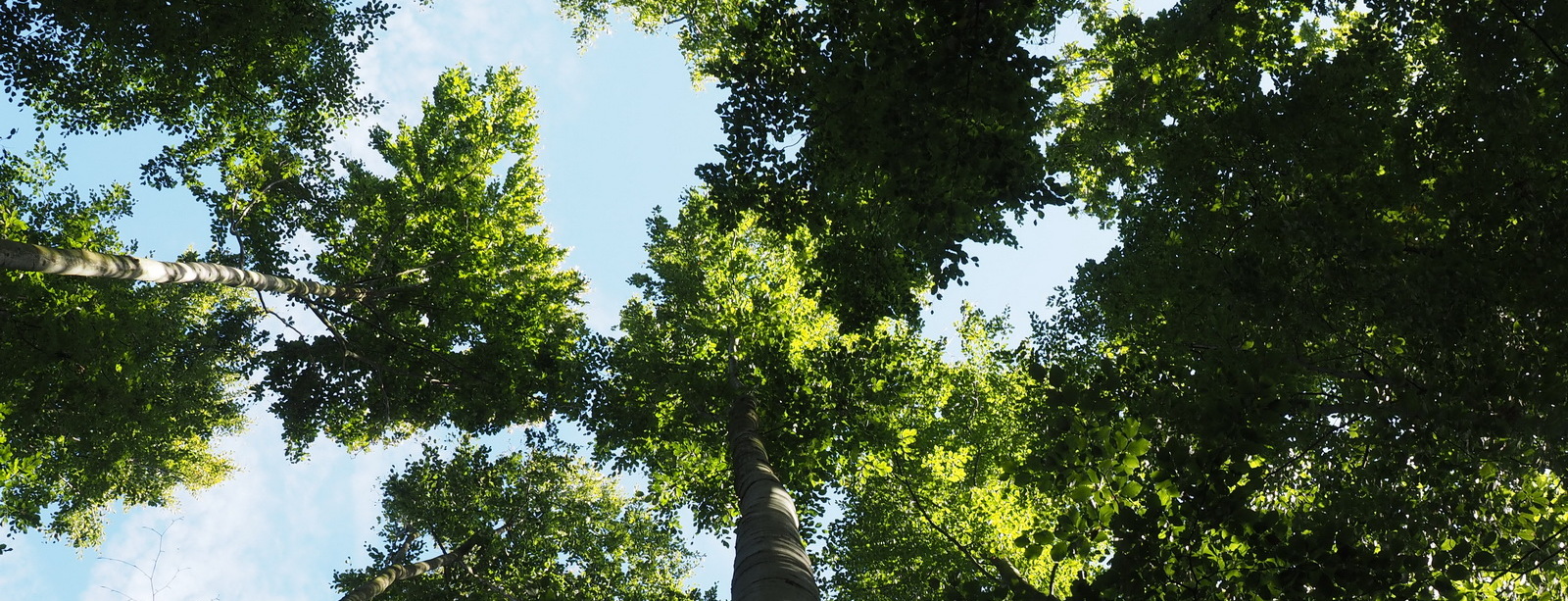


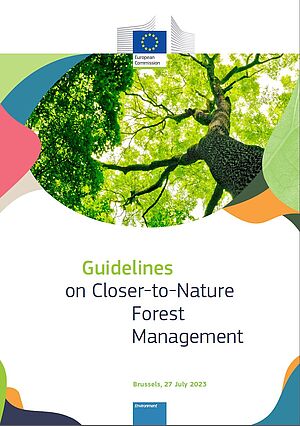
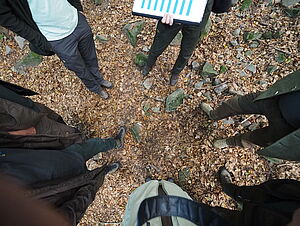
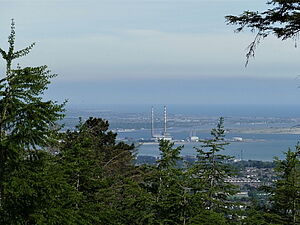
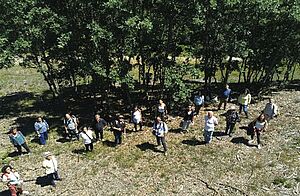
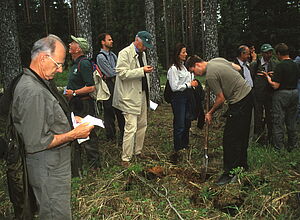
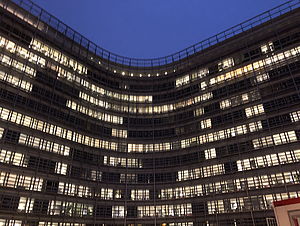
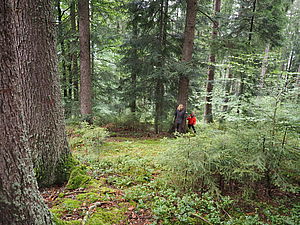
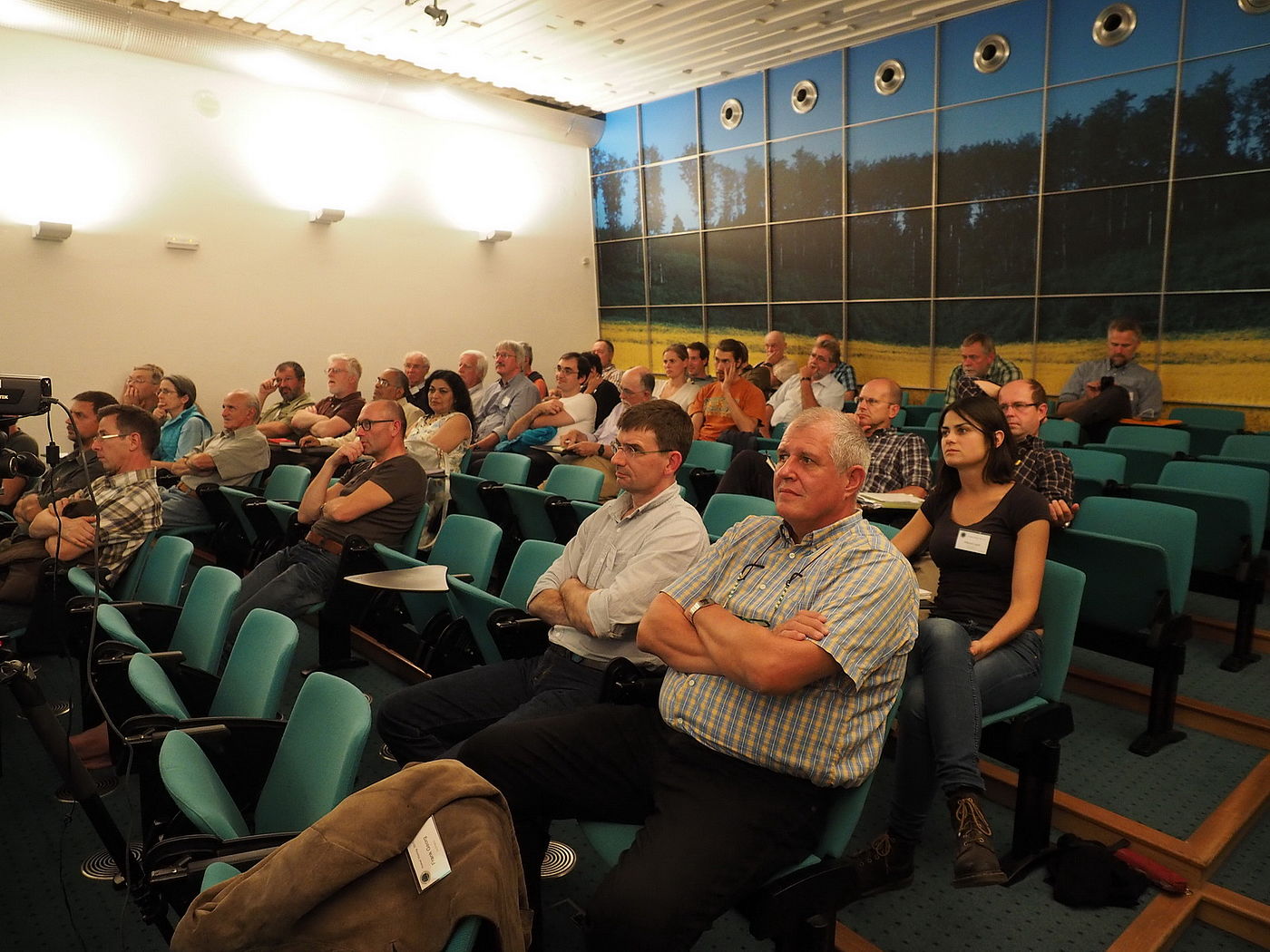
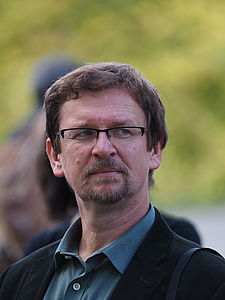
Czech forestry has a long tradition of using even-aged systems focused on the silviculture of spruce and Scots pine monocultures. There is no tradition of multi-aged forestry or irregular forestry in the Czech Republic. Only the ideas of some university professors and isolated practitioners has led to the establishment of a few examples where selection or irregular principles are applied, (sometimes intermittently).
The wave of new ideas that flowed into the country after ther “Velvet revolution” in 1989 with the opening of borders and with new outside connections led to the establishment of Pro Silva Bohemica in 1995. However Pro Silva Principles are not accepted by the state forest sector and have not yet been integrated into forest policy.
In the first ten years Pro Silva Bohemica was being criticised and heard the argument that “selection and irregular forestry is not widely used and it is not suitable in our conditions”. Now, after twenty years, they have several dozen members – practitioners – who can present the first results of conversion of coniferous even-aged monocultures to multi-aged mixed forests. They are also challenging the forestry legislation which is strictly defined on the basis of even-aged forestry and their argument that “the multi-aged silviculture and forest management planning can use the even-age class legislation”.
The Annual Meeting of Pro Silva Europe took place in and around Brno – Krtiny, Czech Republic (16 – 19th September). The field excursions mainly focused on various stages of transformation to close-to-nature forestry. This theme was chosen since the meeting took place in the Czech Republic that has had a long tradition of using even-aged silvicultural systems; especially in monocultures of Norway spruce and Scots pine, and there have been calls to apply alternative types of management. With the exception of only several examples or transformation established due to the efforts of several of local academics and practitioners, the tradition of using the uneven-aged alternatives has been more or less non-existent in the Czech Republic.
The meeting was hosted by members of Pro Silva Bohemica who kindly showed the meeting participants around some exciting sites where a lot of fruitful discussion took place. Pro Silva Bohemica celebrated 20 years anniversary earlier this year and it is important to note that the ideas of close-to-nature forestry have been mainly spread in the Czech Republic thanks to the members’ effort and dedication.
The future agenda of Pro Silva Europe as well as the vision for future were also discussed during board and member meetings.
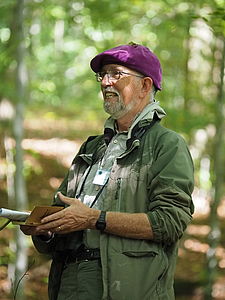
Following are several highlights of the field excursions that took place as a part of the Pro Silva Europe Meeting in the Czech Republic
17th September
This day was dedicated to excursions throughout the Training Forest Enterprise (TFE) ‘Masaryk Forest’, which is forest used by the Mendel University for training purposes. The TFE is a forest of 10 228 ha that provides ground for training and research activities for the Faculty of Forestry and Wood Technology (FFWT) at Mendel University Brno. However, this forest is also used by public for various recreation activities due to its beauty. The TFE is actively managed as the financial revenues serve as a resource for the FFWT.
The first stop was in the forest stand at TFE (Klepacov, Pokojná Hora) that has been under transformation for past 40 years with the aim to form a multi-species and multi-age structure. Small gaps have been created by single tree cutting in order to allow for small patches of natural regeneration. Larger gaps were created in past by windblow.
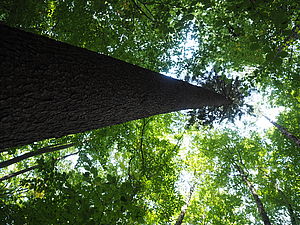
The next stop was the forest reserve Habruvecka Bucina that is a forest where no cutting has been conducted in the past 60 years (except for several non-native coniferous trees). This area has been under protection due to its rich herbal biodiversity that is typical for the local limestone country. Although still showing very few traces of uneven-ages structure, this site was visited as an ‘inspiration’ for close-to-nature management due to the presence of trees of great quality. The same applies for Haša Sanctuary.
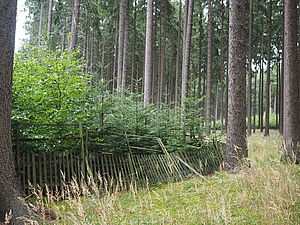
18th September
The morning of the second day was dedicated to visiting Jihlava Municipality Forests (Vílanec area) that has been under transformation from even-aged Norway spruce monocultures towards uneven-aged one since 1995.
Certain parts of the Municipality Forest were heavily damaged by frost in 1995 that resulted in the necessity to carry out sanitary felling that caused an increase in the proportion of silver fir and European larch on the expense of the damaged Norway spruce. This has also resulted in diversification of the diameter distribution.
Some parts of the mature stands were under-planted with European beech and silver (both pure and/or mixed). Such areas were fenced in order to protect the young trees from browsing pressures.
Although the Municipality Forest is dominated by Norway spruce, young European beech stands were established. The current management in such stands is aimed as the selection of best trees that are gradually released from competition by cutting their intermediate neighbours. The same management applies to the young Norway spruce stands.
As for the operational perspective, a network or permanent forest roads was established to ease the harvesting operations. All trees are marked by the local forester.
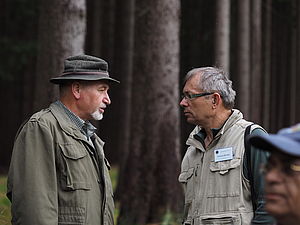
The Kinský - Ždár Forest Estate was visited in the afternoon; it is a private forest estate of 5 612 ha dominated by Norway spruce (85%) with the reminder comprising of Silver fir and European beech. The transformation of this mainly even-aged structure has been aiming at diversification of species as well as structures. In order to do so, parts of stands where the mature stand has allowed for sufficient light reaching the forest ground were under-planted with European beech and silver fir (both pure and/or mixed). Cutting has also focused on gap creation in order to provide opportunity for natural regeneration and support initiation of new cohorts.
The day was concluded with a visit to a virgin forest located at Žákova Hora. Although not subjected to any specific management, this visit was included as an inspiration for the rich biodiversity and the outstanding beauty forests can provide.
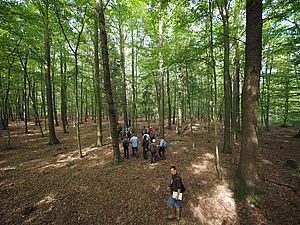
19th September
This day the excursion lead to "Podyji National Park" in southern Moravia near the border to Austria, where the "National Park Thayatal" is the second part of the protection zone south of the River Thaya on the border between Czech Republic and Austria.
The themes were:
The day finished with a social evening in a local winery !!